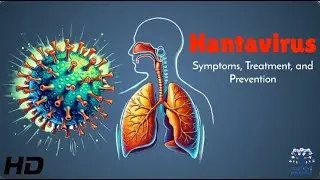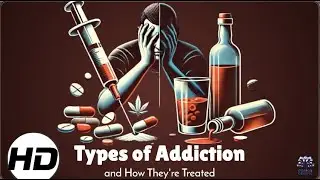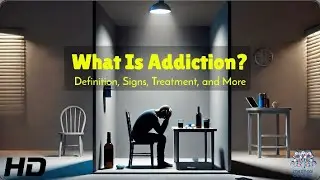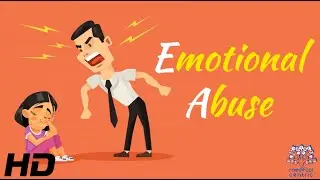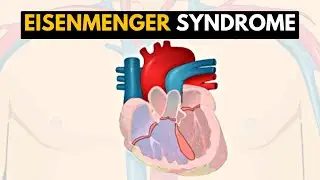Unmasking Emotional Abuse: Understanding the Manipulative Tactics
.
Chapters
0:00 Introduction
0:06 What is emotional abuse?
0:33 Signs of emotional abuse
1:43 Tactics they might use include
2:27 How to deal with emotional abuse?
Today, we will delve into the topic of emotional abuse. Emotional abuse is a form of psychological manipulation that can have long-lasting effects on a person's mental and emotional well-being. In this article, we will explore what emotional abuse entails, its signs and symptoms, the impact it has on victims, and most importantly, steps to heal and reclaim your life. Let's dive in!
Section 1: Defining Emotional Abuse
Definition of emotional abuse: What is emotional abuse and how does it differ from other forms of abuse?
Examples of emotional abuse: Understanding the various tactics used by abusers to manipulate their victims.
The cycle of emotional abuse: Exploring the recurring patterns and dynamics that often occur in emotionally abusive relationships.
Section 2: Signs and Symptoms of Emotional Abuse
Red flags to watch out for: Identifying the subtle and overt signs of emotional abuse in personal relationships, friendships, or even in the workplace.
Emotional abuse checklist: A comprehensive list of behaviors and actions commonly associated with emotional abuse.
Impact on mental health: Examining the psychological consequences of emotional abuse, such as low self-esteem, anxiety, depression, and post-traumatic stress disorder (PTSD).
Section 3: Healing and Recovery
Acknowledging the abuse: Encouraging individuals to recognize and validate their experiences of emotional abuse.
Seeking support: Discussing the importance of seeking professional help, confiding in trusted friends or family members, and joining support groups.
Self-care strategies: Providing practical tips for self-care and nurturing emotional well-being during the healing process.
Setting boundaries and rebuilding self-esteem: Empowering survivors to establish healthy boundaries and rebuild their self-worth after emotional abuse.
Therapy and counseling: Highlighting the benefits of therapy and counseling in facilitating healing, promoting self-growth, and developing healthy relationship patterns.
Section 4: Spreading Awareness and Preventing Emotional Abuse
Educating others: Advocating for awareness campaigns and educational initiatives to prevent emotional abuse and support survivors.
Encouraging healthy relationships: Promoting communication, respect, and equality as the foundations of healthy relationships.
Addressing societal attitudes: Examining societal norms and cultural factors that perpetuate emotional abuse and discussing ways to challenge and change these norms.
Conclusion:
Emotional abuse is a serious issue that affects countless individuals worldwide. By raising awareness, recognizing the signs, and providing support, we can work towards creating a safer and more compassionate society. Remember, healing is possible, and you are not alone. Reach out for help, prioritize your well-being, and reclaim your life from the clutches of emotional abuse.
Note: If you or someone you know is experiencing emotional abuse, please seek help from a professional or reach out to helplines dedicated to supporting abuse survivors.






![[ ROYALTY FREE MUSIC ] Dead Tubes Foundation - Seagull](https://pics.providosiki.ru/watch/vc5YD2FQq5I)

